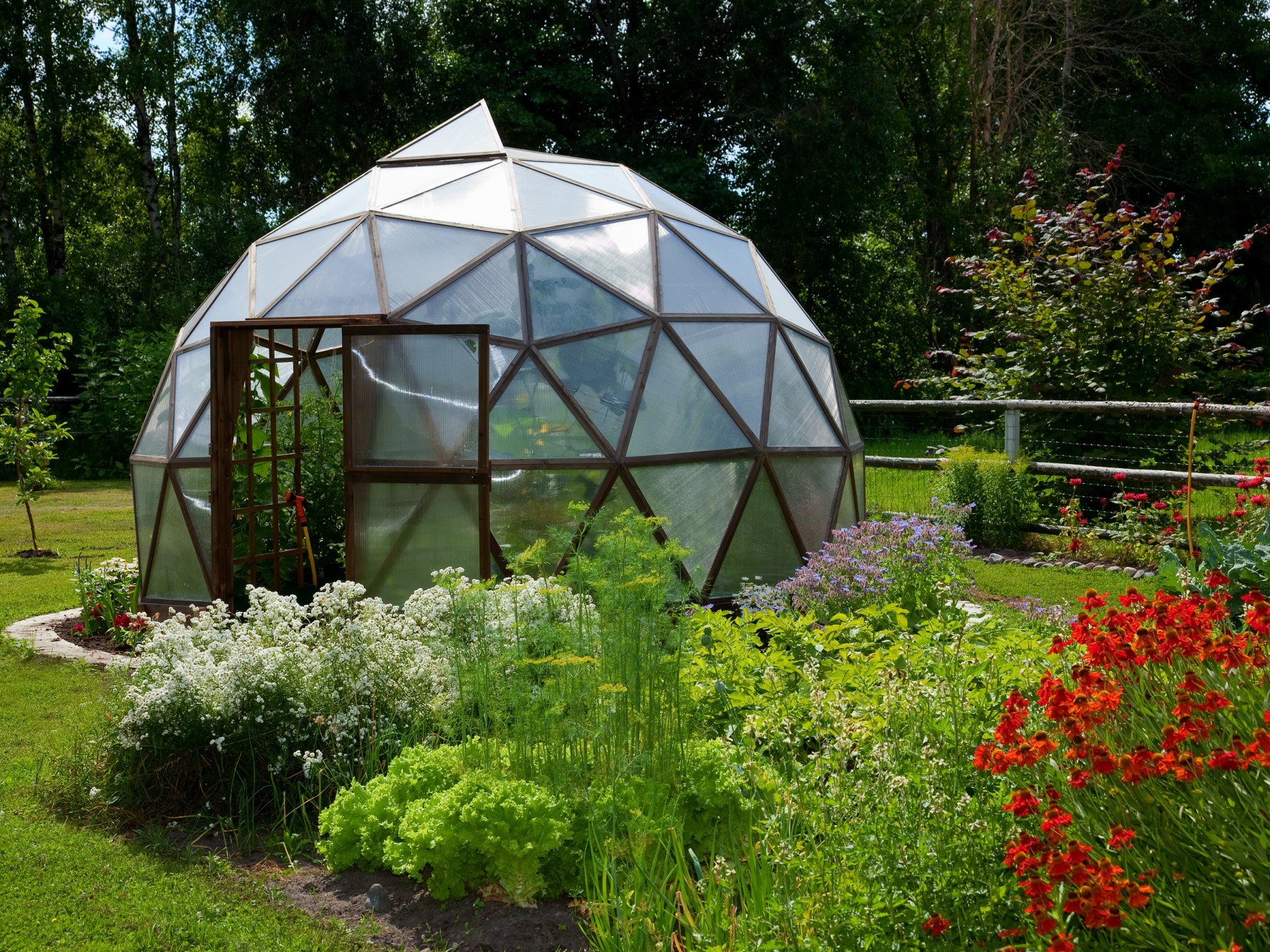
The increased environmental concerns over the past few years have significantly changed the perspective of energy use in many sectors. Most notable changes took place in the area of climate control. It is shown that automation of indoor climate control processes brings significant energy savings and improves the quality of life. Rapid development of electronic hardware components for climate control automation initiated the production of broad spectrum of low-cost and user-friendly components for implementation of indoor climate control on various facilities.
The goal of Greendome project is to make students familiar with such equipment and give them better insights on problems related to indoor climate control and many other environment related control problems. The control of climate in greenhouses includes several nonlinear processes including temperature control, CO2 level control, window opening control, humidity control, etc. and opens large possibilities for improvement of plant growing process by expanding the automation system beyond climate control with processes such as automated control of soil pH, automated detection of XYZ, etc. Basic greenhouse offers the possibility to be upgraded with its own microgrid consisted of small photovoltaic system and battery storage to make the greenhouse sustainable and brings the energy consumption level near zero. To achieve optimal operation, greenhouse microgrid has to be incorporated into the automation system. By optimizing the operation of such small scale microgrid students get familiar with energy flow optimization problems which arise in many real-world applications such as smart buildings or electric vehicles. Growing fruits and vegetables in your own home is becoming more and more appealing since the whole process (including all the ingredients) is under control of the consumer. However, it is often very hard and time consuming to provide adequate care for the plants and thus rendering the invested effort useless. The development in the internet-of-things (IOT) arena makes web or mobile application interfaces for various process affordable and easy to develop. Additionally, the development of the 3D printers and new low-cost materials opens significant opportunities in the field of architectural design. The chosen design and IOT solutions makes this project interesting not only to electrical engineering students as our primary target group but also to mechanical engineering, programming or architectural design students which makes Greendome project highly interdisciplinary.
Besides the enrolment of undergraduate and graduate students on development of advanced and sophisticated estimation and control algorithms, the Greendome project offers a possibility to promote technical expertise to a much younger population through education in primary and high schools. Alongside introducing students to programming and engineering at a relatively young age, we believe that Greendome might also help with diversification of Science, Technology, Engineering and Mathematics (STEM) which is often associated with robots, drones and similar technologies. In that sense, Greendome will help promote STEM as an expertise for sustainable development, not only through use of renewable energy sources but through automated domestic cultivation in areas usually not associated as appropriate for greenhouses and growth of plants.






 Pristupačnost
Pristupačnost